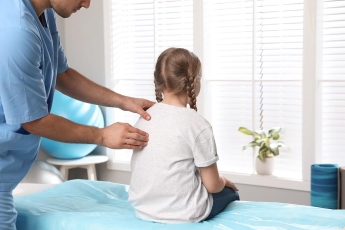Casts
Casts are typically made of plaster or fiberglass. The type of cast you get will depend on the fracture that you have.
Splints
Like casts, splints—also known as half-casts—are made of either plaster or fiberglass. Ready-made or custom-fabricated splints can be modified to maximize comfort and provide the best fit. Splinting is often paired with gentle physiotherapy exercises.
What to Expect After Casting & Splinting
Your child’s injured area may swell after casting and splinting. This swelling and feelings of pressure can be reduced by raising their injured extremity above their heart and applying ice packs.
It’s common for your child to feel some pressure under their cast or splint; however, if your child feels increased pain, burning, tingling, tightness, numbness, or swelling, please immediately contact your care team.
Casting Care Instructions
- Do not get your cast wet. To protect your cast when bathing, put a plastic bag around it, then wrap the opening of the bag with press and seal Saran Wrap. Cast covers are also sold in our DME stores. Depending on your fracture, there is a waterproof cast option if your physician feels it is appropriate.
- Do not stick anything down the cast. If you have an itch, do not use stick anything down the cast to scratch it. Instead, use a blowdryer on cool temperature to relieve any itching.
- Do not use cast as a weapon. Using your cast to hit or swing at someone is dangerous. If your child has a cast, teach them that it is not to be played with or used in such motion.





